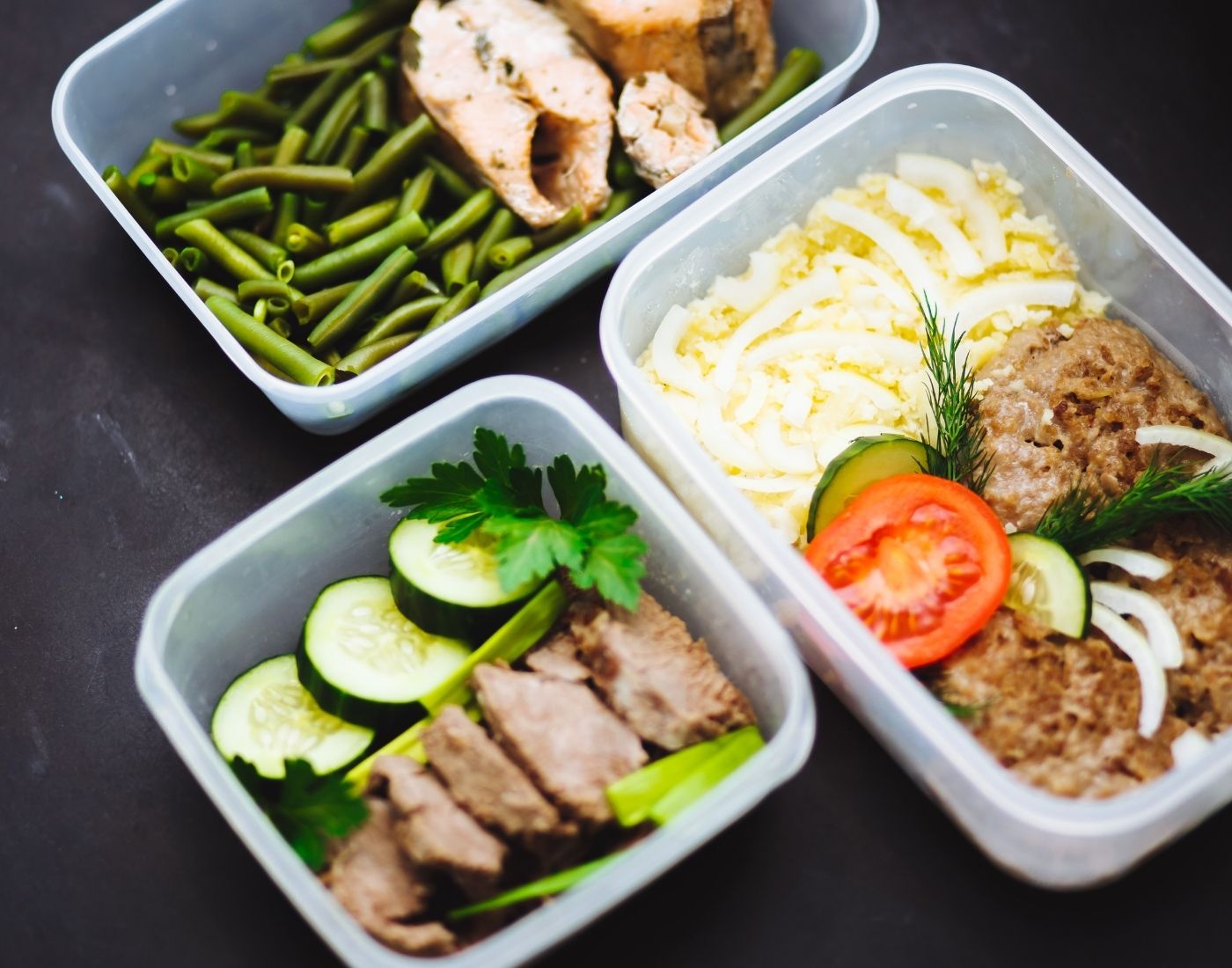Meal planning can feel like a big change, especially if you’ve never done it before - don't put pressure on yourself to get everything 'right' straight away.
If you want to start planning your meals, it’s helpful to think about the days ahead:
- will you have busy days where you will be too tired to cook?
- will you be eating out of the house?
- do you need to take packed lunches?
For busier days, you can plan something simple or cook in advance.

